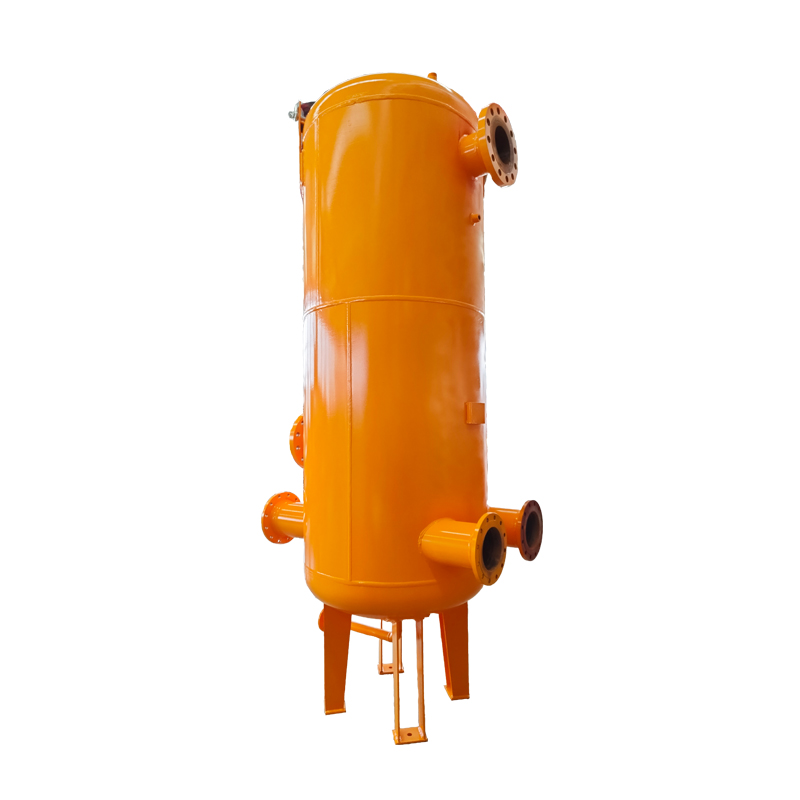
Dec . 11, 2024 11:01
Back to list
Regulating Valve for Optimal Performance and Efficiency in Systems
Understanding the Importance of Regulating Valves in Fluid Systems
Regulating valves play a crucial role in the management and control of fluid flow within various systems, including water supply, industrial processes, and HVAC systems. These valves are designed to precisely control the flow rate and pressure of liquids and gases, ensuring optimal performance and safety in operations.
Functionality of Regulating Valves
At their core, regulating valves are responsible for modulating the flow of fluid based on specific requirements. They can adjust the flow rate, divert it, or maintain a set pressure, depending on the system's needs. This functionality is vital in many applications, from simple household plumbing to complex industrial processes.
When a regulating valve is closed, it restricts fluid flow, increasing pressure upstream. Conversely, opening the valve reduces pressure, allowing more fluid to pass through. This dynamic capability allows operators to maintain desired operational parameters, which is critical in processes where fluid dynamics can significantly affect outcomes.
Types of Regulating Valves
There are various types of regulating valves, each suited for different applications. Common types include globe valves, ball valves, butterfly valves, and pressure relief valves.
.
3. Butterfly Valves are known for their compact design and are generally used in large volume fluid applications. They are efficient for on/off functions and flow regulation.
صمام تنظيم

4. Pressure Relief Valves are essential for safety, ensuring that pressure does not exceed predetermined levels. When pressure builds up beyond a set point, these valves open to release excess pressure, preventing potential hazards.
Applications of Regulating Valves
Regulating valves find applications across various industries. In HVAC systems, they regulate air and temperature, ensuring that heating and cooling are efficient and effective. In the oil and gas industry, they control the flow of hydrocarbons, maintaining necessary pressures within pipelines to prevent leaks and unsafe conditions.
In water distribution networks, regulating valves maintain consistent water pressure, helping to prevent pipe bursts and ensuring that all customers receive adequate service. Additionally, in chemical processing plants, they facilitate the precise mixing of chemicals by controlling the flow rates of different substances, ensuring safety and consistency in production.
Importance of Proper Maintenance
Regular maintenance of regulating valves is critical to their performance and longevity. Over time, valves can wear out due to constant exposure to fluids and varying pressure levels. Regular inspections can identify signs of wear, allowing for proactive fixes before a failure occurs. This not only extends the life of the valve but also enhances the reliability of the entire system.
Moreover, proper calibration ensures that the valves respond accurately to control signals. A well-calibrated valve maintains the intended performance, which is particularly crucial in systems that require strict adherence to operational standards.
Conclusion
Regulating valves are indispensable components of fluid systems across various industries, providing essential flow control that ensures safety, efficiency, and operational effectiveness. Understanding their functionality, types, and applications is crucial for anyone involved in the design, operation, or maintenance of fluid systems. Recognizing the importance of regular maintenance also plays a vital role in optimizing their performance and extending their lifespan, ultimately contributing to more reliable and efficient operations.
Latest news
-
Safety Valve Spring-Loaded Design Overpressure ProtectionNewsJul.25,2025
-
Precision Voltage Regulator AC5 Accuracy Grade PerformanceNewsJul.25,2025
-
Natural Gas Pressure Regulating Skid Industrial Pipeline ApplicationsNewsJul.25,2025
-
Natural Gas Filter Stainless Steel Mesh Element DesignNewsJul.25,2025
-
Gas Pressure Regulator Valve Direct-Acting Spring-Loaded DesignNewsJul.25,2025
-
Decompression Equipment Multi-Stage Heat Exchange System DesignNewsJul.25,2025

